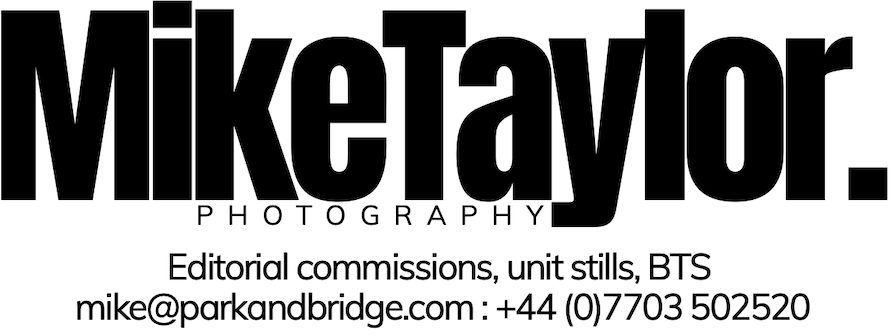As a child, growing up in south London, I was always obsessed with the family 126 Kodak Instamatic. But it only ever seemed to come out of the cupboard at Christmas and on holidays. When it did, I always wanted a go with it. Two things stood between me and photography: it was expensive (we were relatively poor) and nobody I knew seemed to know anything about it.
On my 15th birthday, my parents surprised me with an (at least) third-hand Zenit E and a couple of lenses (from an uncle who’d had a go at photography and got bored with it). This camera was Russian and built like a Soviet tank - clunky, heavy and made to last. But it was mine and not just for holidays. That camera came to school, on days out and to concerts. I snuck that camera and a massive 300mm Sigma lens into concerts at the Hammersmith Odeon under a tatty green combat jacket.
On leaving school at 18 I became an indentured (trainee) journalist on a local paper. As well as learning to write, I got to work with press photographers EVERY. SINGLE. DAY. They quietly taught me cameras, technique and - most importantly - how to use their darkroom.
With all this new found knowledge and desperately saving for a decent camera, part-time I started teaching basic photographic technique to delinquent teenagers who were heading for borstal. If they hadn’t stabbed anyone that week, they were rewarded with a choice of something fun to do. Despite choosing to learn photography at night school, they could be a pretty tough crowd. But at least one or two got the idea that photography can be more. More than snaps, More than weddings and holidays. More than just a record.
Thanks to this, and by starving myself while on a three month block release course in Portsmouth, I scraped together enough to buy a Canon A1. This served me well for many years. After completing my NCTJ training, I narrowly missed getting a writer’s job on Amateur Photographer (who, incidentally, write the nicest rejection letters ever).
A stint freelancing on national newspapers and magazines led to shifts in TV news and then jobs at Thames, LNN, GMTV, ITN and Sky and a chance to upgrade to a Leica M6 (which I later sold to get married). I also flirted with Polaroids, TLR’s, large formats and digital Canons.
But the game changed when the iPhone came out. Suddenly everyone had a camera that was good enough and always in their pocket. Then came the easy ways to share those images. I put down “proper” cameras and didn’t pick one up again for the best part of a decade.
But my first trip to Vietnam with just an iPhone reignited the passion for making pictures. This visually amazing country offers any photographer a lifetime of subjects and cemented my return to as much photography as I can squeeze into any given day. The siren call of the Leica had never gone away and the digital Q is - in my opinion at least - the best camera there is (obviously your mileage may vary). Ironically, it's a fixed 28mm lens (just like an iPhone). Add in Adobe Lightroom on the iMac and I’m a teenager again with camera, darkroom and a drive to create great images.
London, July 2019
